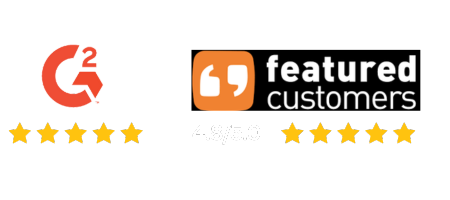How an Artisan Shoe Brand Saved 80 Hours Per Week with RMA Automation

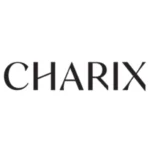
Charix walks a mile in its customers’ shoes to create a one-of-a-kind product.
Known for its universally chic footwear, Charix gained its success as an ecommerce brand by popularizing a shoe made by skilled Turkish craftsmen for centuries. CEO and Founder, Rossen Tsarnov, aimed to honor the traditional style of the Charix shoe by scrutinizing every design detail of his product, a shoe that would become the go-to for every type of adventure.
No detail was left unconsidered: from the insole, the outsole, the fit, the stitching, and beyond—these classic shoes are one-of-a-kind with the specifications of contemporary high-end footwear.
After mastering the classic design, the Charix design team looked beyond tradition to create a modern-day version of a timeless product. They embraced iteration to bring their customers the best experience and product on the market.
Charix became successful in accomplishing this by turning to customer data to inform design decisions and adopting a robust tech stack to create a seamless customer journey. With RMA automation, the team now saves over 80 hours per week from manual returns processing
Here’s how they did it:
From Concept to Creation: Charix’s Beginning


Founded in 2015 out of Washington D.C., Charix did not introduce its product to the market for the first two years of its existence. Instead, the company focused all its time on prototyping and R&D trying to perfect a traditional type of footwear typically found in Turkey.
In the early days, Charix had no marketing budget. They initiated sales by participating in weekend pop-ups and markets, in addition to a little retail, wholesale, and word-of-mouth marketing.
As the impact of the pandemic began to have more significance, they knew this approach was unsustainable.
“2022 is when everything went crazy, with the pandemic being so new to all of us, and fear and panic settling in, we had a choice to make,” said Tsarnov. “How do we keep this going with no live events, no live retail? And that’s when we actually turned to digital marketing entirely.”
From there, Charix hired a small agency and a few consultants to undertake advertising and marketing through channels such as Facebook, Instagram, email, and SMS.
Nevertheless, with the massive increase in sales, also came an unavoidable component of ecommerce returns.
A Scaling Checkpoint: Drowning in Returns
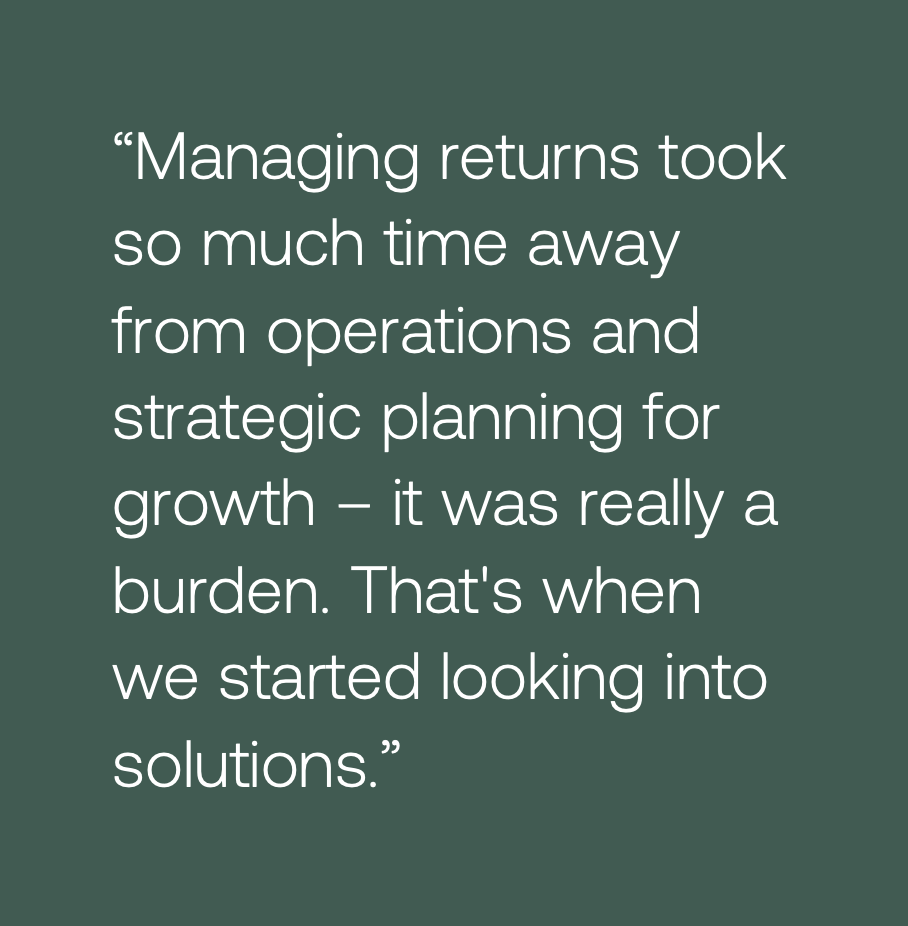

As order volume increased, so did the returns. In 2022, the artisan shoe brand went from spending 15 hours per week processing RMAs on average to 80 hours per week in 2023. That’s two full-time positions dedicated to processing returns alone.
Rossen knew a returns automation solution was needed as the velocity of growth and manual returns processing became unsustainable.
“With the growth of the company and scaling, the returns became unmanageable. They were pretty much drowning us in volumes every day. We were not used to any kind of warehousing operations at the time. Managing returns took so much time away from operations and strategic planning for growth — it was really a burden. That’s when we started looking into solutions.”
The Charix team began to focus on ways to reduce the amount of time required to process an RMA. On average their customer support team spent 12 minutes and 5-6 emails per return. This required a manual review of each RMA meaning extrapolating data on return reasons to help solve why returns were happening in the first place.
In Pursuit of a Fix: A Quest for a Customer-Centric Solution
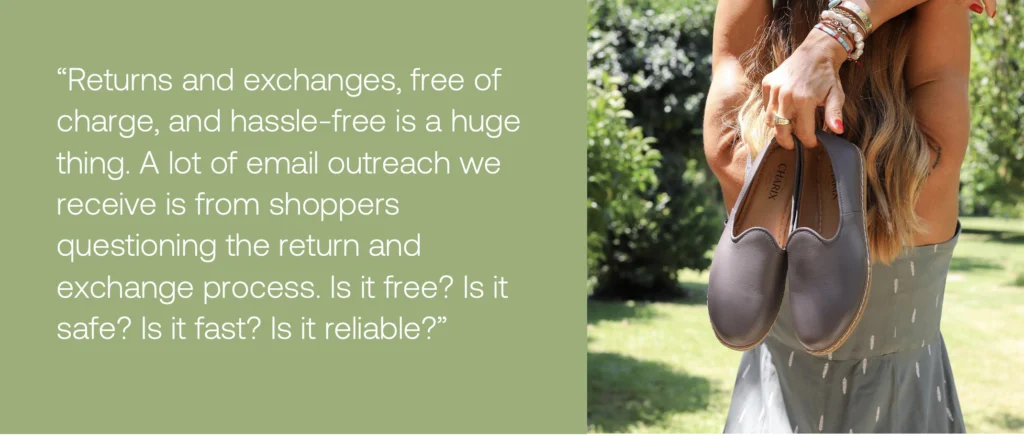
From its beginning, Charix recognized that brand loyalty and customer centricity are crucial for a new, emerging brand.
“It’s been extremely important that from the very beginning, we remain very customer-centric. Part of this inspiration came from brands like Zappo’s, which put the customer experience at the center– maybe to the extreme.”
Drawing inspiration from Zappos’ customer-centric approach to retail, Charix was determined to implement a consumer-oriented approach in all aspects of its business.
“We realized what resonated well and we wanted to keep that going in every level of our service. This included the website, the product, and all pre- and post-purchase interactions between the customer and our brand.”
Rossen came to the realization that brand loyalty and customer centricity are not only built during the sales process but also during a customer’s post-purchase journey and the returns process.
“Returns and exchanges, free of charge, and hassle-free is a huge thing. A lot of email outreach we receive is from shoppers questioning the return and exchange process. Is it free? Is it safe? Is it fast? Is it reliable? “
Answering all of these questions became detrimental to the customer success team and the customer experience. To tackle this issue, Charix turned to ReturnLogic for help.
Removing Friction from the Returns Experience: Charix + ReturnLogic


”There’s a couple of things that ReturnLogic provided as value. One is the one-stop shop; you just click on our website link. It takes you to the portal. With a few clicks, you complete a very quick and easy return and exchange process, it’s very straightforward.”
Initially, the goal was to get the RMA processing time down from 12 minutes per RMA to 5 minutes. Now with returns automation, the processing time has been almost eradicated saving the team over 80 hours per week in manual RMA review and labor.
Implementing ReturnLogic created a seamless and customer-centric returns experience for Charix customers. For customer convenience, Charix also implemented printerless returns.
“Thanks to ReturnLogic’s integration with EasyPost, Charix customers do not need a printer to complete their return—they can use a digital QR code through USPS to drop off their item at the nearest Post Office removing friction from the returns process.”
It is a small step towards an ever-improving customer journey. “This way, Charix customers can spend less time worrying about returns and more time hitting the town and adventuring in their favorite shoes.”
ReturnLogic and EasyPost enabled Charix to automate crucial touch points along the customer’s journey while still allowing the personalization necessary to provide an elevated level of customer support. With ReturnLogic’s EasyPost integration, selecting return options and determining return shipping rates became effortless.
The automated process made returns seamless for shoppers as well as Charix’s internal support and operations teams.
Using Returns Data to Inform Charix’s Product Expansion
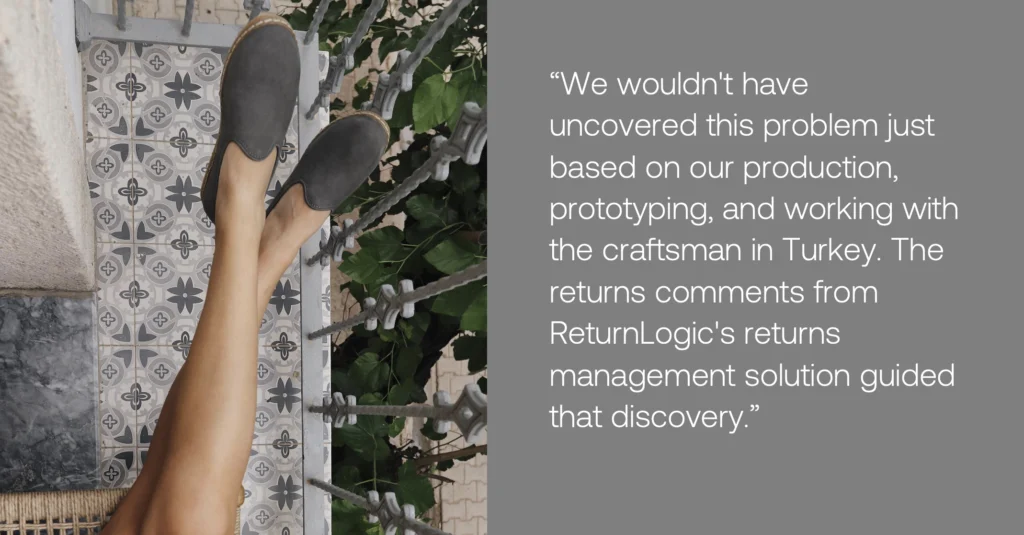
Following the integration of ReturnLogic, Charix included a new shoe style – an open-back mule. The returns data provided by ReturnLogic helped Charix identify manufacturing defects in the production of this new shoe, enabling them to make necessary modifications.
“In May, we introduced a new shoe style which is an open-back mule. We sized it and molded it the same way we do the Charix classics, the slip-on. It turns out, based on the customer feedback, that this one fits a lot looser simply because it’s an open heel, it doesn’t have back support. So, we analyzed it and determined we need to size these down.
We wouldn’t have uncovered this problem just based on our production, prototyping, and working with the craftsman in Turkey. The returns comments from ReturnLogic’s returns management solution guided that discovery. So now as we speak, we are shifting the sizing for the next production batch.”
Navigating the Challenges: Insights for Merchants Starting Out

For ecommerce merchants just starting out, Rossen suggests, “using technology and automation to your advantage as much as you can.”
“For returns management automation, ReturnLogic is the obvious example, but there are very powerful marketing tools out there as well. For email marketing automation, I’d recommend Klayvio. It’s important to also master channels like Facebook Ad Manager and Google Ads, as these tools are necessary for acquiring new customers.
Ultimately it’s important to start by focusing on improving the shopper’s journey. It’s the customer-centric mindset and brand experience that will help you retain loyal customers.”
Download the full Charix case study here.
To hear more about Charix’s story, listen in to the webinar below as Rossen Tsanov discusses how he created a customer-centric brand through ecommerce operations.
